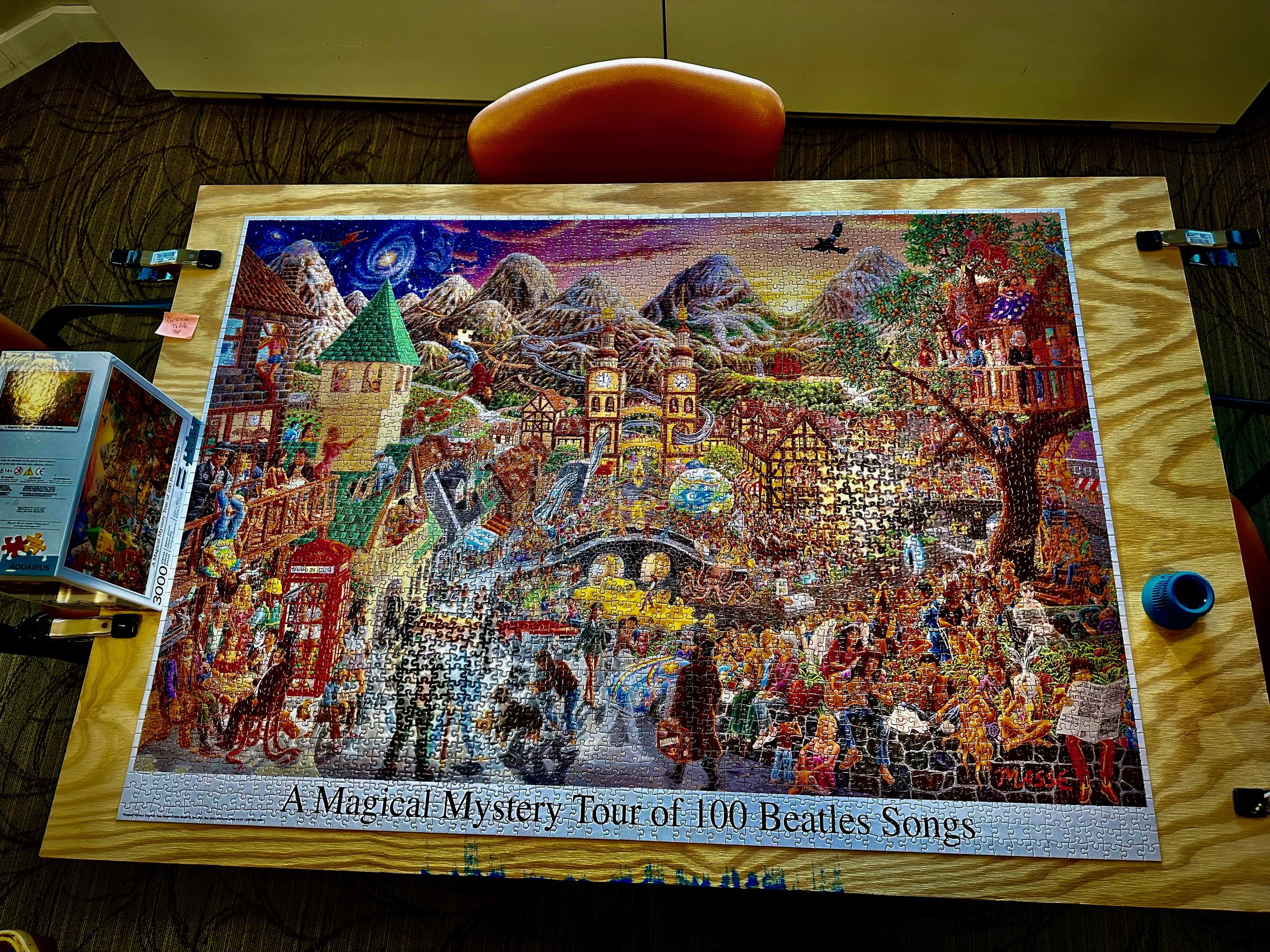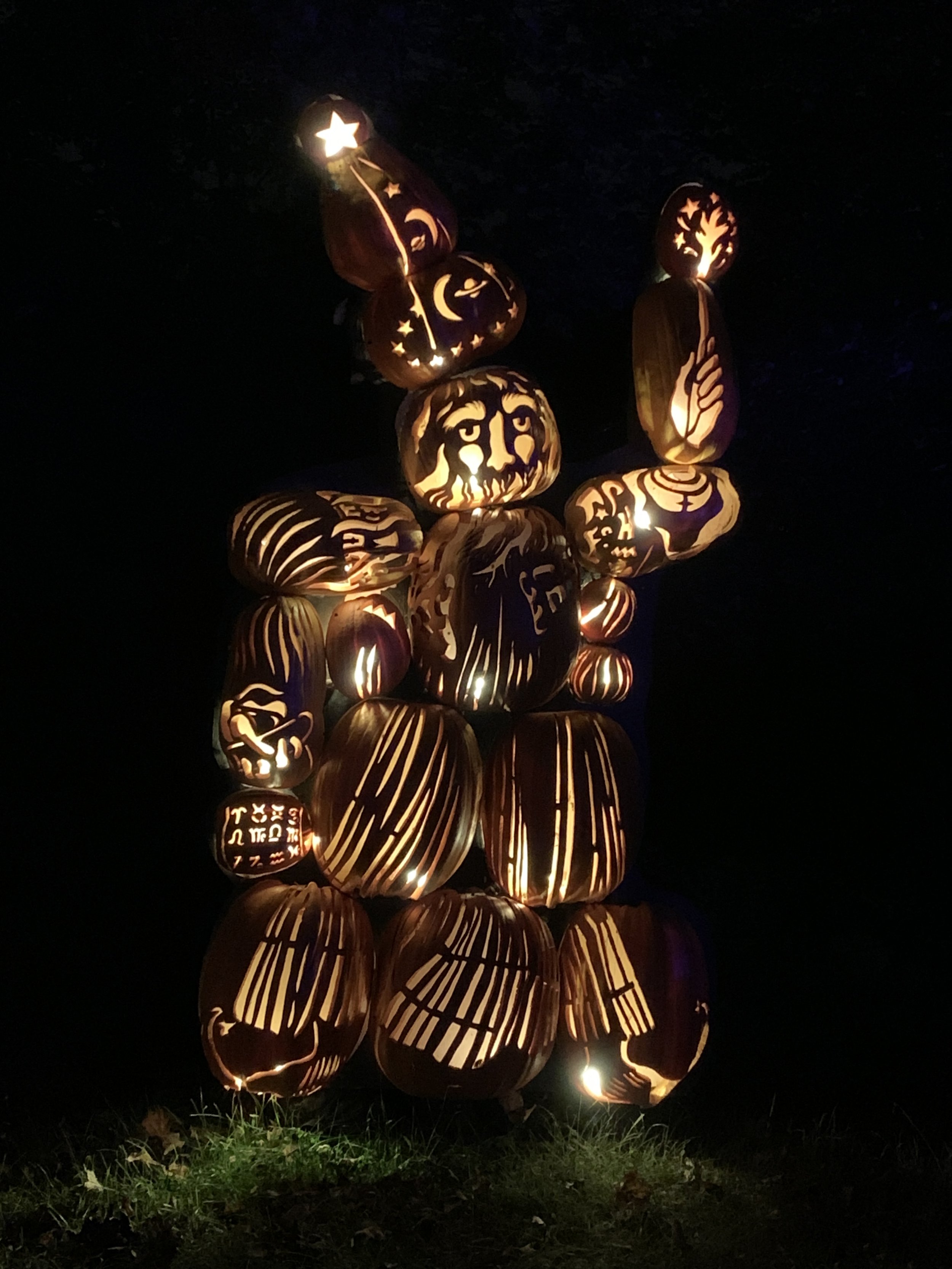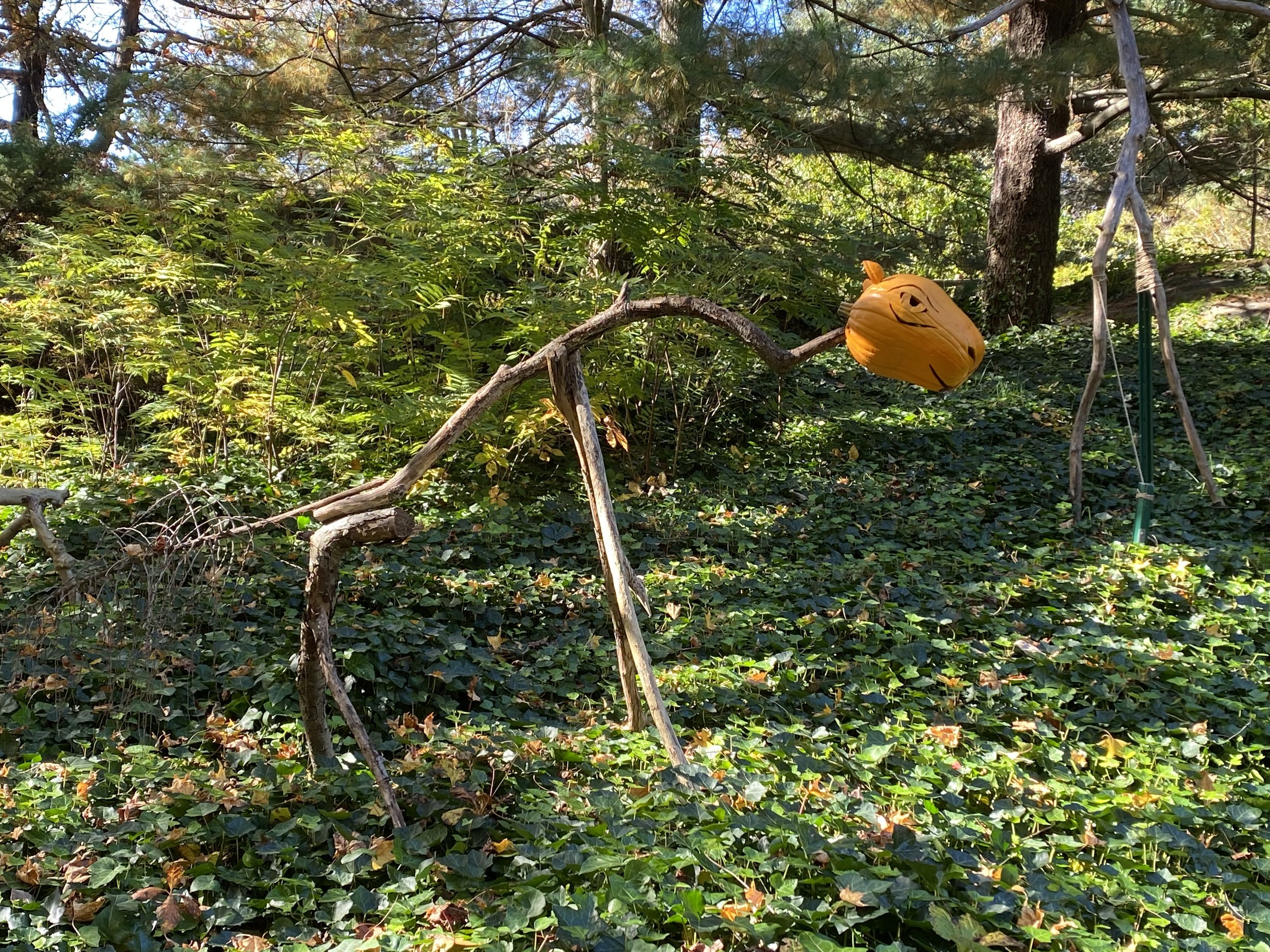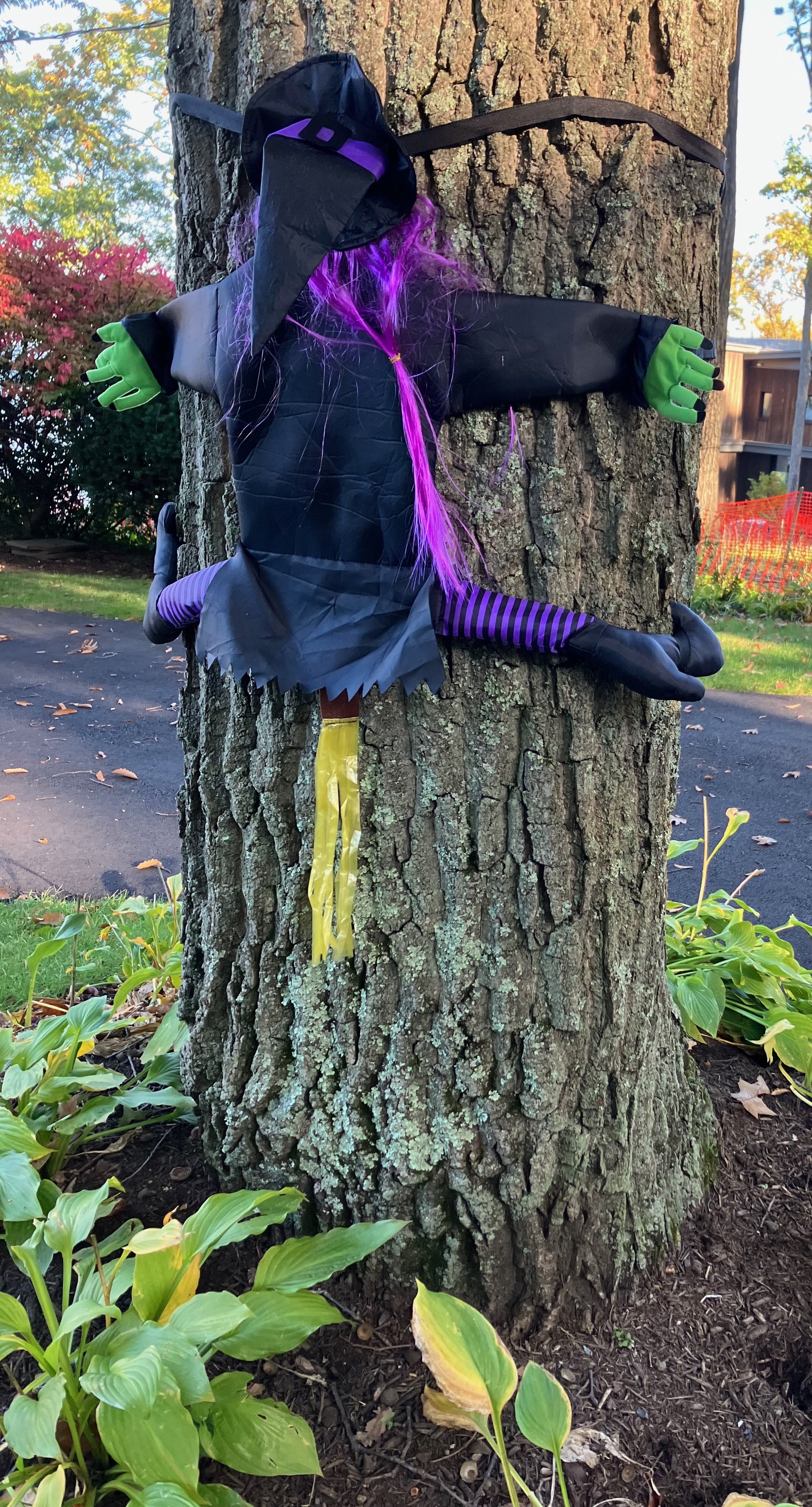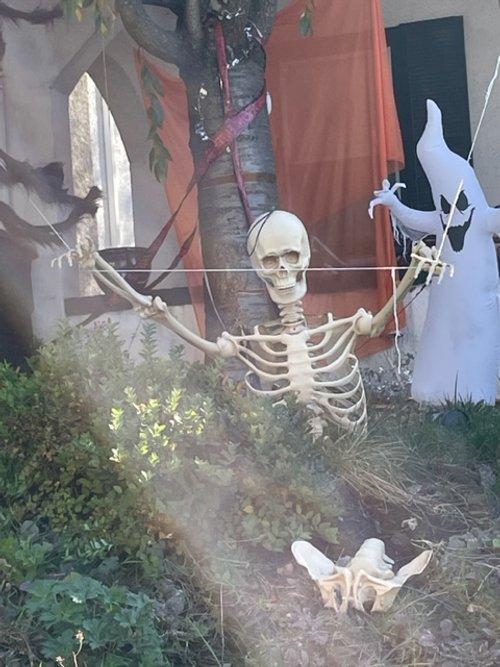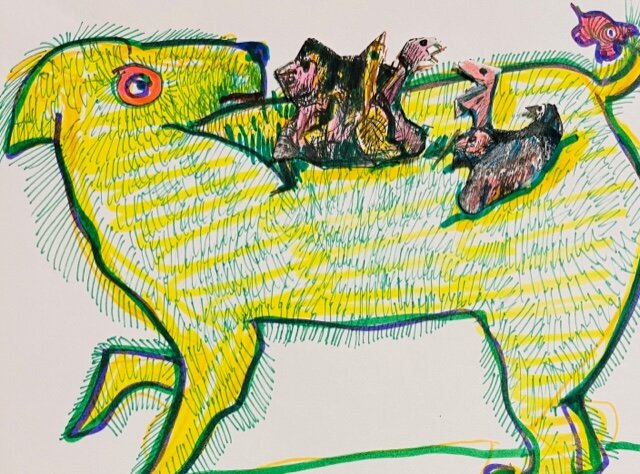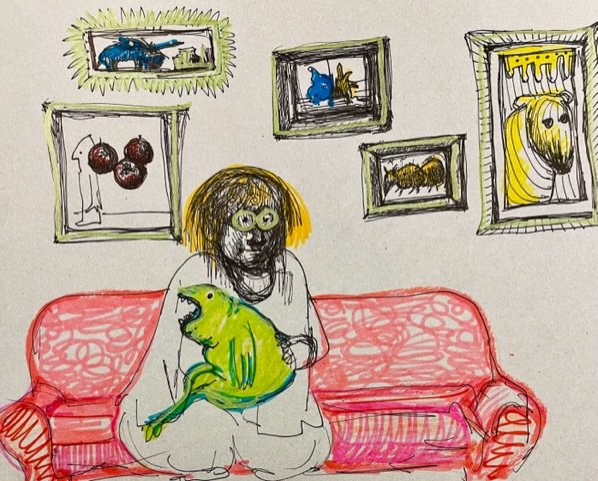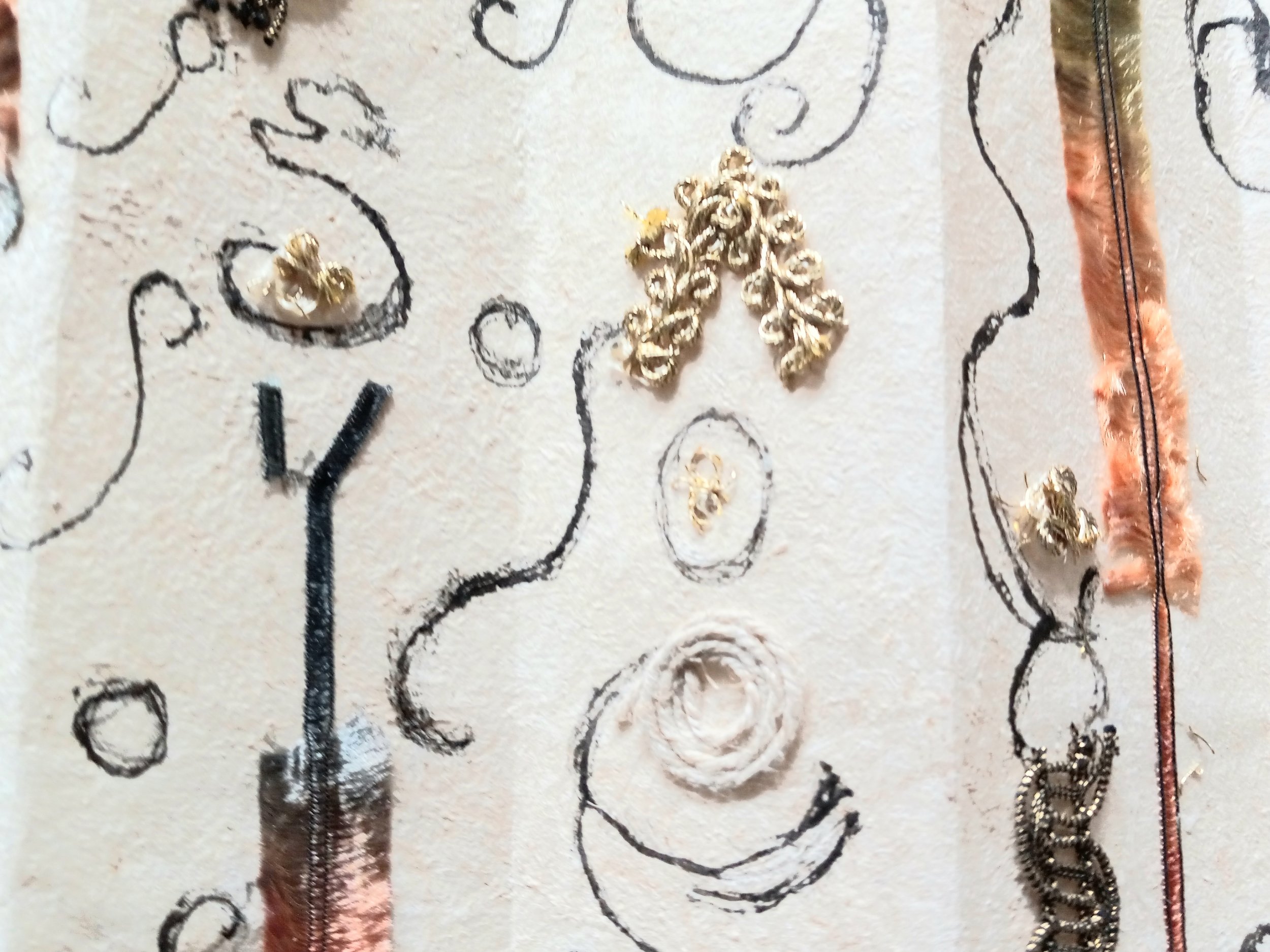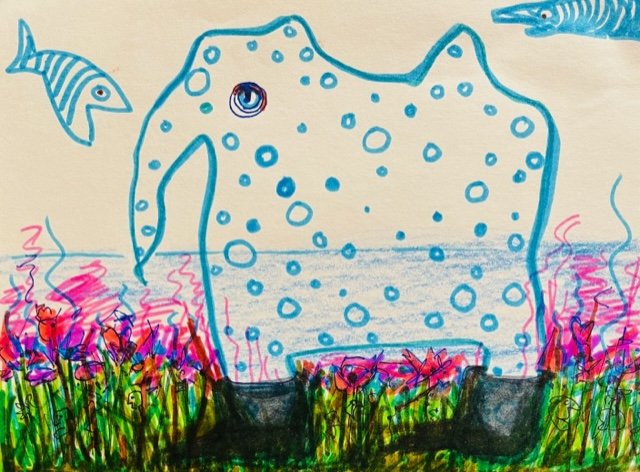NOVEMBER 6: NATIONAL SAXOPHONE DAY
National Saxophone Day is on the birthday of Antoine-Joseph (known as Adolphe) Sax, the inventor of the saxophone, November 6, 1814. Sax invented the saxophone in 1841 and patented it in 1846. Born in Dinant, now known as Belgium, he is also famously known for several near-death experiences as a child, including but not limited to falling down 3 flights of stairs; a gunpowder explosion; and swallowing pins in watered-down sulphuric acid, thinking it was milk. Happily, he survived to invent the saxophone, which became a great modern contribution to the music world. Before coming up with the saxophone, he also created various brass instruments that bore his name, including the saxtuba, saxotromba, and the saxhorn. Those instruments didn’t catch on and quickly faded into non-existence. But the saxophone lives on today.
This soulful instrument has a rich history and musical range. It is loved for what it brings to both jazz and classical music. It has two unique features: it is the only instrument to be created by one person and it is the only brass instrument in the woodwind family.
Sax constructed saxophones in several sizes in the early 1840s. On June 28, 1846, he received a 15-year patent for the instrument. His dream for the saxophone was for it to perform low to high ranges in an orchestra. His patent encompassed 14 different versions of the fundamental design, split into 2 categories of 7 instruments each, and ranging from sopranino to contrabass. When the patent expired in 1866, Millereau Co. created and patented a version of the saxophone with a forked F sharp key and Goumas patented one with the clarinet-inspired Boehm fingering system. Later, in 1881, Sax extended his original patent and made some adjustments to expand the instrument’s octave range. Today, only 4 of the 14 saxophones created by its inventor are used: the soprano, the alto, the tenor, and the baritone.
Over the years, many great saxophone masters have graced the world with their music, including: Stan Getz, Sonny Rollins, Lester Young, John Coltrane Charlie “Bird” Parker, Kenny G., and Jimmy Dorsey.
NOVEMBER 7: INTERNATIONAL MERLOT DAY
International Merlot Day celebrates one of the world’s most popular red wines.
The word “merlot” is thought to be a diminutive of merle, the French word for blackbird, which probably refers to the color of the grape the wine comes from. It was first produced in Bordeaux, France. Indeed, more hectares in Bordeaux are devoted to growing Merlot than any other grape. In Italy, Merlot is the 5th most planted grape. France and Italy are not the only sources of Merlot. The grape is the 2nd most widely planted grape in Israel. Besides Bordeaux, Italy, and Israel, other Merlot-producing regions include: the US (California and Washington), Chile, Australia, Canada, South Africa, Greece, and Mexico
Wine experts describe the flavor of Merlot as a dark-fruit flavor. Think black cherry, blackberry, plum, and raspberry. These fruity flavors are layered with herbal tones as well as undertones of vanilla and mocha. However, it is a dry wine, so dry that some consider it bitter. The bitter taste comes from the skin of the grapes. Never had Merlot? Besides celebrating this deep red wine, International Merlot Day is a day to encourage those who’ve never tried it, to do just that.
NOVEMBER 8: ABET AND AID PUNSTERS DAY
Abet and Aid Punsters Day is all about loosening up and laughing with each other. It is a celebration with the simple aim of sharing puns and punny jokes. Punsters hope that everyone will join in the celebrations and forget their worries for a day. Don’t roll your eyes! Just join in the laughter — and come up with your own bad puns. The worse they are, the better they are (we’re looking at you, Art Brady!).
According to literaryterms.com, a pun is “a joke based on the interplay of homophones — words with the same pronunciation but different meanings. It can also play with words that sound similar, but not exactly the same. The joke’s humor (if any) comes from the confusion of the two meanings.” Puns, also known as paronomasia, intentionally use homophonic, homographic, metonymic, or figurative language. An example: The tallest building in town is the library — it has thousands of stories. The meaning of a pun may be specific to a particular language or culture.
Puns have a long history in human writing. They originated in ancient Egypt, where the Egyptians used them to develop myths and interpret dreams. In Shen Dao, China, they used puns for communicating royal decrees. In ancient Mesopotamia, around 2500 BC, punning was used by scribes to represent words in cuneiform. Even the Hebrew Bible contains puns. The Roman playwright Plautus was famous for his puns and word games. The Mayans also used puns in their hieroglyphic writing and their modern languages.
There’s no real proof of how Abet and Aid Punsters Day came about, however enthusiasts believe that the day may have originated in the 1970s. Whatever the date of its inception, Abet and Aid punsters day is a day to make bad puns, and to encourage others to do the same.
NOVEMBER 9: NATIONAL CHAOS NEVER DIES DAY
On Chaos Never Dies Day, go a little crazy finding ways to embrace the chaos of the world. Chaos can mean different things to different people. For some, it’s a schedule-packed day navigating a large and bustling city. For others, it’s weekly family dinners. For Kendal, it’s knowing full well that the pilates class is in conflict with the book group — for which you have prepared a succinct insight — which is squeezed tightly against the call from a granddaughter who wants to tell you about her new puppy, but still you think you can make it before catching the afternoon van to Stop & Shop because you’re having drinks with the friends you’ve invited to the FDR and need those nice, crunchy crackers, and squeezing in a fast trot to the liquor store for wine before the bus leaves — and, besides, you wanted to visit a friend in Clearwater. Whatever your specific chaos, the key to enjoying life is embracing the confusion and facing it head-on. That’s where Chaos Never Dies Day comes in — it’s completely dedicated to enjoying the chaos in the world around us!
Chaos is a state of disorder or confusion. It appears in every facet of the human experience — and has done so since before the term even came about. In Greek mythology, Khaos is one of the primordial gods born before the universe itself. So, basically, chaos, and all its confusion and disorder, predates the universe, making it an integral part of life.
While the specific origins of Chaos Never Dies Day are unknown, what is known is that chaos is an inevitable part of life. Even as people propagate the idea of slowing down, taking a break, and taking some time for yourself, these won’t stop the inevitable chaos in your life. “Relaxation” products — that came about when the self-help movement recognized there was money in them thar exhausted human beings — help take a load off, but that doesn’t mean the chaos stops once that luxuriating soak in the tub is achieved. There’s no real way to escape the day-to-day crazy; better to stop trying to run from it and, instead, find ways to temper chaos and make it fun.
National Chaos Never Dies Day is a day of realization and coming to terms with the reality that chaos never dies. The day is intended as a day to help us deal with the chaos. A day to let a sense of calm wash over us despite it all. A day to live our lives as well as we can, even though we know there will always be things we can't change. Chaos never dies, we will not let it get us down. As soon as we accept that life is chaotic, the less we let it rule over us. Take a deep breath and say, “OK, things can get a bit nuts, but that’s OK.” And note: there’s always International Moment of Frustration Scream Day on October 12. Perhaps make that a monthly “celebration”?
NOVEMBER 10: AREA CODE DAY
“Operator. Can I help you.” Thus began the wonderful world of telephony, lo, these many, many, many decades ago. In the beginning of the world with telephones, things were easy. You didn’t even call a number, you just spoke to your operator and asked them to connect you with someone in town. Need the doctor? Not only could you ask to be connected, but might inquire which one she’d suggest.
Eventually, the phone system expanded beyond local networks and started connecting towns, counties, states, and nations. The first step was putting in a number system so that each person could dial another directly. Ah, problem: not enough numbers. Enter the Area Code.
Area Code Day celebrates the solution that has become a part of our everyday existence. First devised in the 1940s in the AT&T and Bell laboratories, the idea was slowly but surely expanded on and developed until it went into effect in 1947 named the North American Numbering Plan (NANP) and covering 25 different regions, including North America and the Caribbean. It solved the issue of not enough phone numbers for both the USA and Canada and beyond. AT&T went on managing the NANP, finally discontinuing it after the administration was handed over to the American Numbering Plan Administrator (NANPA) service, led by the Federal Communications Commission in the US.
Through NANP, states and provinces were assigned single codes, all of which had a 0 in the middle. Some creative ideas were implemented to help make dialing easier, including how numbers were distributed. Areas with larger populations were assigned area codes with lower numbers at the beginning and end. Why? In those days of rotary dialing, it was decided that people in denser populated areas should be able to dial faster. How to do that? Use numbers closer to zero so they had a shorter pull time.
Over time, as the number of households with telephones grew and the possibility of calling beyond one’s own country expanded, the concept of using area codes also grew — and modified. Most countries in the NANP are divided into numbering plan service areas. The number prefix that each area has is called the “numbering plan area code.” “Area code,” for short. Initially the first number of the three-digit code could be 2 through 9, the second digit had to be a 0 or 1, and the third digit could be any number. But no code was to end in 0 — until the toll-free code 800 was introduced.
As population continued to expand — and, with it, the number of telephones — so did area codes, which needed to be broadened to meet greater demand. In 1995, the center digit, which up to that point could only be 0 or 1, was expanded to be any number but 9. Next step: “national access codes” (also known as “country codes”), making calling abroad easier. Area codes are often preceded by the national access code, which is 1 in the US, and 0 in many other countries.
NOVEMBER 11: ORIGAMI DAY
On National Origami Day, sit down and find your zen by practicing this ancient art. Originally called “orikata,” meaning “folded shapes,” the word transitioned to origami in 1880. Origami originated in Japan as early as 105 AD. The earliest set of written origami instructions didn’t come out until 1764. Folding images from paper became a vital skill for aristocrats and high-ranking Japanese soldiers. Because paper was very expensive, only those in the upper class practiced origami. By using such a valuable material as mere decoration, wealthy families could demonstrate their access to such luxuries. As time marched on and, Japan’s industrial revolution began during the late 19th century’s Meiji period, paper prices decreased and origami spread throughout Japanese society. Origami became a regular feature of familial ceremonies such as weddings and birthdays. Today, anyone with access to paper and a flat surface is welcome to give it a go.
International interest in origami was spurred by Akira Yoshizawa, who was a grandmaster origamist. He developed current standards for origami practices and, in doing so, served as a cultural ambassador of Japan. Yoshizawa designed countless origami patterns, and became known as the “Father of modern origami.”
With origami, a square piece of paper is folded into a 3-dimensional shape or image. Only one tool: the paper itself. (Note: origami’s modern cousin, kirigami, allows the use of scissors and glue.) It can feel much like a logic problem or a brainteaser. How to get the most realistic result by simply manipulating folds, tucks, and turns. Most common is the use of standard 6-inch square paper to make origami. The most popular things to make include the fortune teller, crane, lotus flower, jumping frog, butterfly, swan, hat, and heart. Besides providing an outlet for creativity, there are other benefits of origami: it encourages relaxation (see above: National Chaos Never Dies Day), strengthens eye-hand coordination, and develops fine-motor skills. Additionally, origami enhances math skills and supports mental concentration.
New Yorker Lillian Oppenheimer, who was born 1898, introduced origami to the US and Great Britain, founding organizations in each country so fellow paper-folding lovers could gather and share their art. Today, her organization — OrigamiUSA — is alive and well in America. Each year, they hold a 2-week convention where origamists from across the US come together to accomplish massive artistic feats using only paper.
NOVEMBER 12: INTERNATIONAL TONGUE TWISTER DAY
International Tongue Twister Day is celebrated every second Sunday in November, this year on November 12. According to the dictionary, a tongue twister is “a sequence of words or sounds, typically of an alliterative kind, that are difficult to pronounce quickly and correctly, as, for example, tie twine to three tree twigs.”
Tongue twisters have technically been around since the 19th century when John Harris published Peter Piper’s Practical Principles of Plain and Perfect Pronunciation, which included a twisty tongue tango for every letter of the alphabet. The book was published to help children learn fundamentals of speech mechanics. However, in addition, old Peter Piper garnered quite a lot of attention and inspired a lot of lore. It turns out Peter Piper was based on French horticulturalist Pierre Poivre, whose last name actually means “pepper” in French. Pierre was said to be exploring the viability of growing American spices in the French Mediterranean.
Researchers at MIT have identified the most difficult tongue twister (researchers at MIT must have a lot of time on their hands). It has nothing to do with Peter Piper Picking Pickled Peppers, she who sells seashells by the seashore, or even the Q&A about “how much wood would a woodchuck chuck if a woodchuck could chuck wood?” The most difficult tongue twister is the announcement that “The sixth sick sheikh’s sixth sheep’s sick.” Guinness World Records featured it as the most difficult tongue twister in the English language in 1974, the last year they tracked tongue twisters.
Tongue twisters offer benefits outside of just being fun. Among them are:
They strengthen the muscles used for speech, leading to clearer pronunciation and speech patterns.
They highlight which sounds are difficult for you to say so that you can work on those sounds.
They are a great warmup exercise before giving a speech, teaching a class, or doing a presentation.
To practice tongue twisters, try some with just a few words. The key: practicing saying the same phrase a certain number of times. Repeat “six sticky skeletons” 3 times in a row. Or “she sees cheese” 5 times.
Want some fun tongue twisters? Read on:
She sees cheese.
Chop shops stock chops.
If a dog chews shoes, whose shoes does he choose?
Seventy-seven benevolent elephants
A loyal warrior will rarely worry why we rule.
There was a minimum of cinnamon in the aluminum pan.
How can a clam cram in a clean cream can?
A pessimistic pest exists amidst us.









